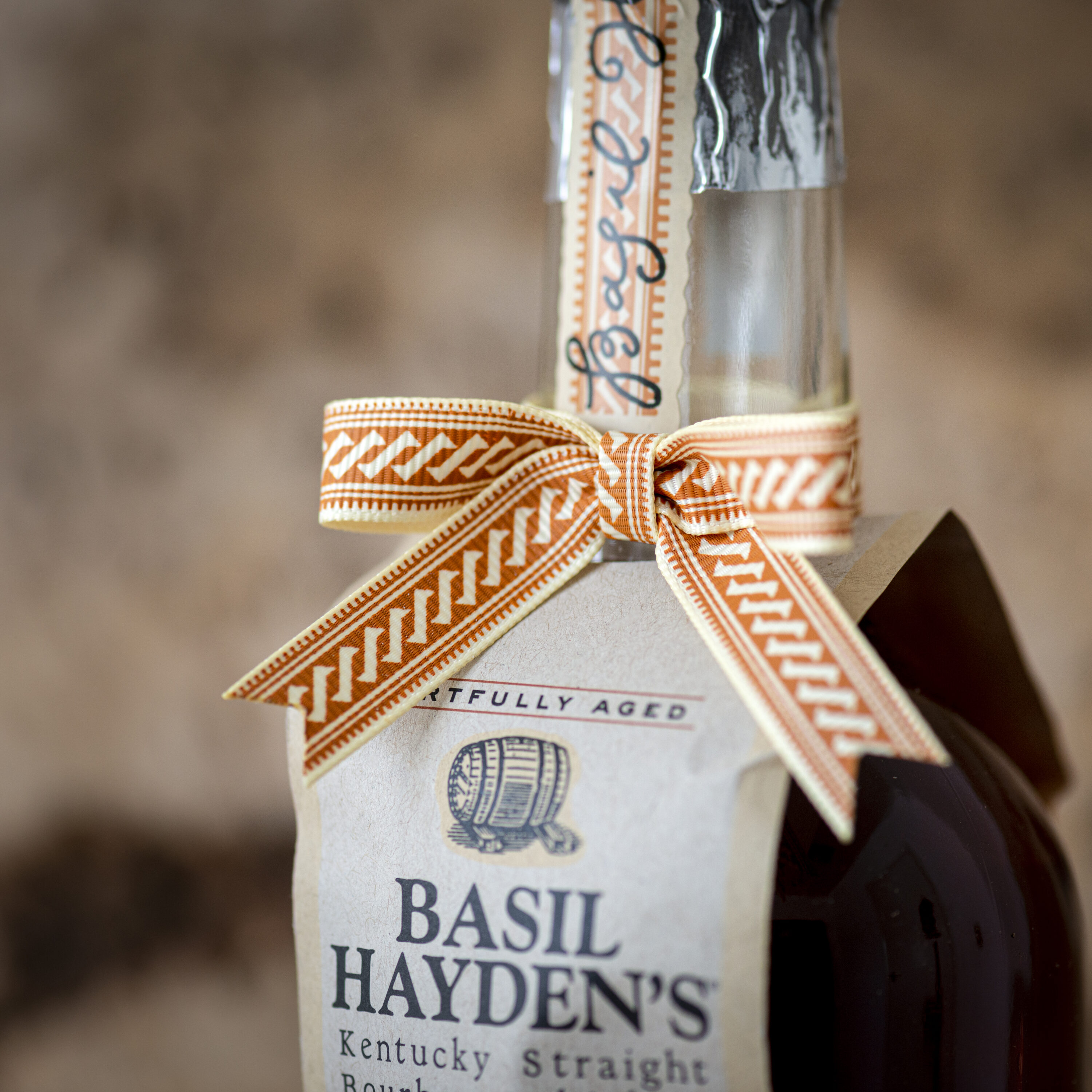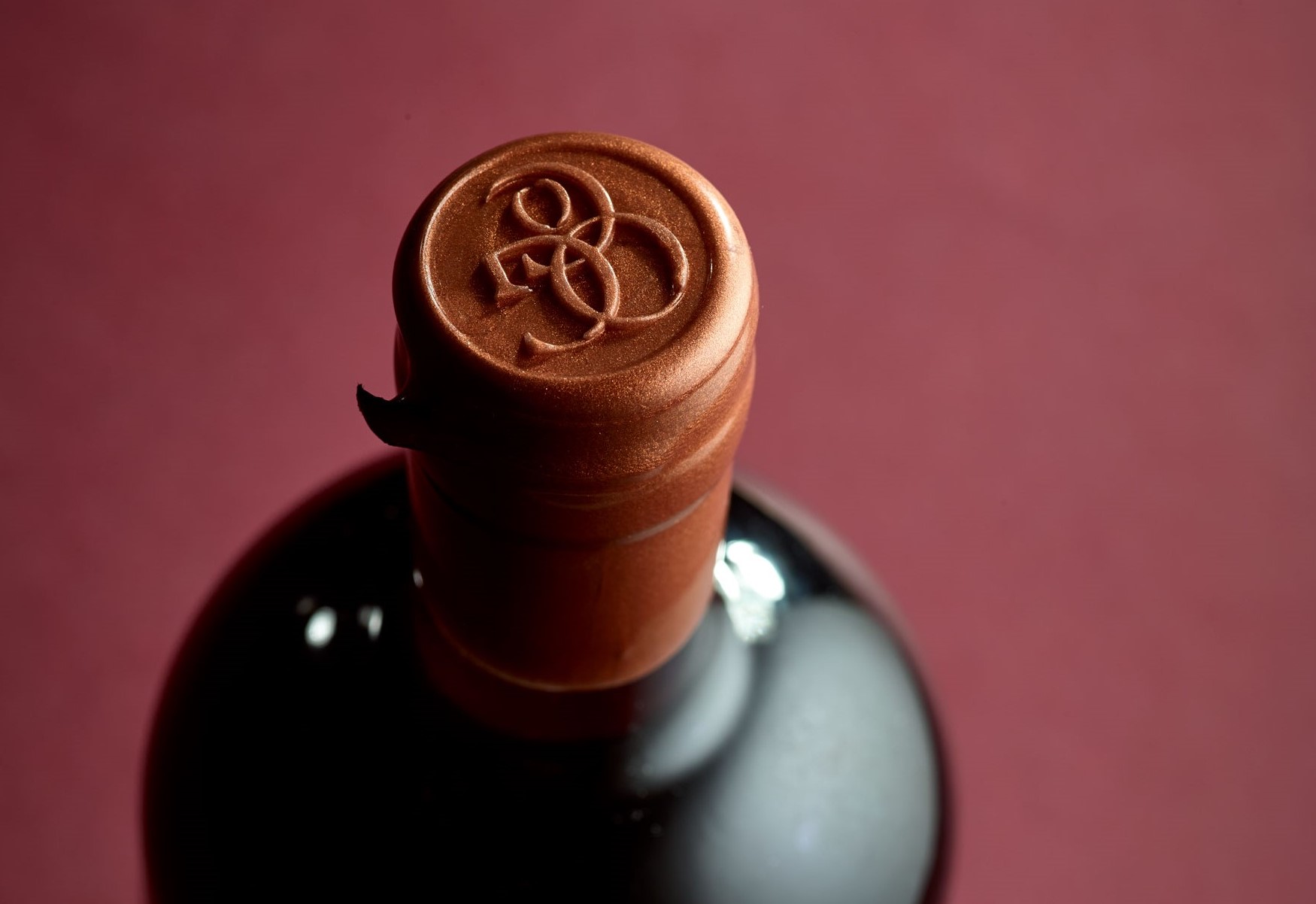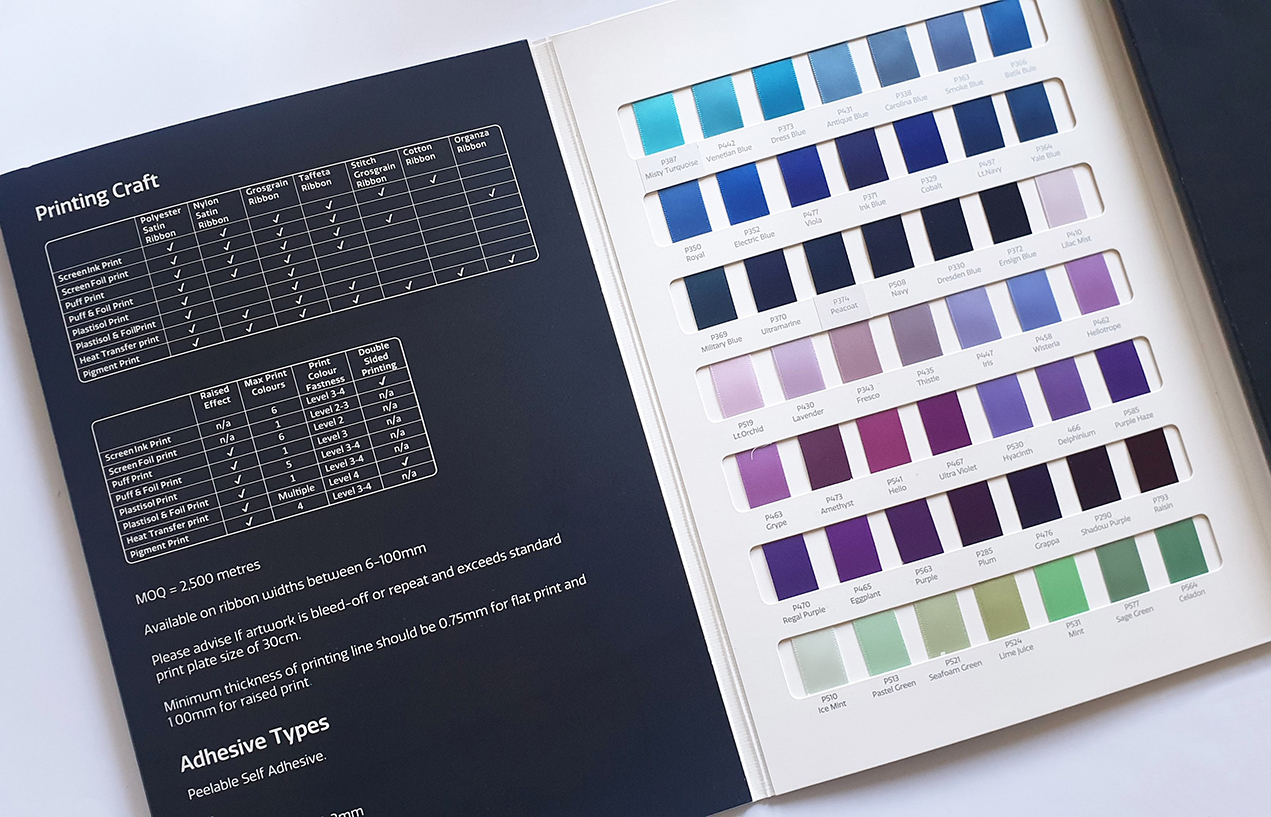Sometimes it’s the simple luxuries and the subtle details that make the biggest difference to how we, as consumers, experience the world. It’s the chocolates on your pillow in a posh hotel, the scented tissue paper used in a designer boutique – those little things can make a special experience into an extraordinary one.
At Signet, we see this all the time with one of our most popular products – ribbon. As embellishments go, ribbon is far from the most technical and its potential for customisation is limited, but nevertheless this remains a popular and very powerful way for our clients to elevate their products to another level.

We’ve produced custom ribbons for some of the most famous food and drinks brands on the planet, many of whom have invested in bespoke embellishments using the latest materials and techniques – and all of whom would say that their packaging just wouldn’t be complete without the addition of a ribbon. So why is this?
The practice of tying a package or parcel closed dates back to Neolithic times, but was commonplace until less than a century ago when the sticky tape was invented! The Victorians were the first to experiment with decorative ribbons and bows, which they used to differentiate normal ‘paper and string’ wrapping for goods, from the elaborate wrapping on gifts. This practice still continues today and has also become an important part of the retail experience, with premium brands, in particular, putting considerable resources into their gift wrapping.

The addition of ribbons and bows to packaging creates a sense of occasion and the anticipation we associate with receiving a gift, making a purchase feel instantly special even if we’re buying for ourselves! Bows can be decorative or functional – with the latter adding an element of theatre to the whole experience of opening a pack. This feeds into the overall trend for ‘unboxing’ that had taken social media by storm in recent years. Last but by no means least, ribbon brings a tactile element that is particularly valuable for drinks brands – adding a textile brings much-needed warmth and softness to the cold crispness of a glass bottle.
Ribbons are often combined with other elements to evoke the heritage of a product or brand. Historically, ribbons and cords were used to create the first tamper-proof seals, ribbon tear strips, on bottles of liqueur by combining them with bottle sealing wax. Many 21st century brands seeking to convey the history or provenance of their product use modern materials such as injection moulded plastic to produce seals that can be moulded or crimped straight onto a ribbon, recreating this classic effect.
Ribbons are available in a wide range of colours, materials and widths, from delicate organza to rustic jute, glamorous satin to timeless grosgrain. Ribbon can be custom printed – this technique is most often employed by clients wishing to incorporate their brand name or logo, but can also be used to convey a message or add specific brand colours to the ribbon if an exact match doesn’t already exist. Even the print technique can vary, from simple screen printing right through to foil blocking and even embossing/debossing for a three-dimensional, luxurious feel.
Last but not least, ribbons and cords are sustainable – we have many natural options available that are biodegradable, and of course, all ribbon is reusable, so your packaging can be repurposed many times over, furthering your brand’s reach in the process.

We’d love to find out more about your product or brand and we’d be delighted to arrange a consultation to discuss your product embellishment needs – simply fill in the form and we’ll be in touch.
Alternatively, give us a call on 01733 396080